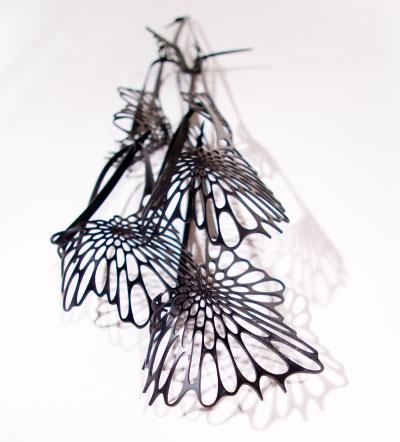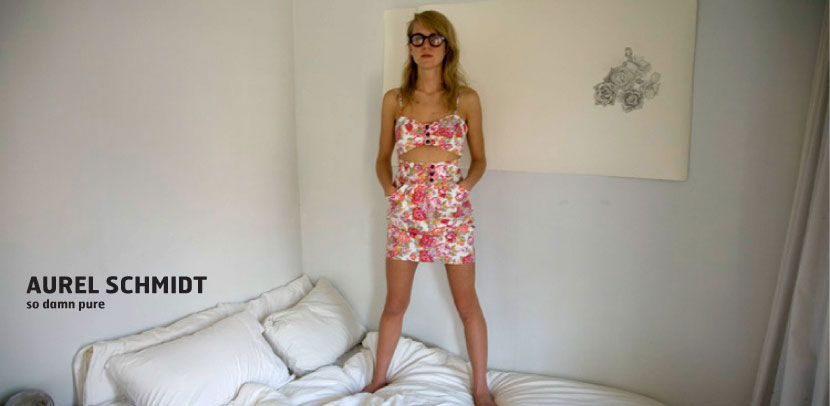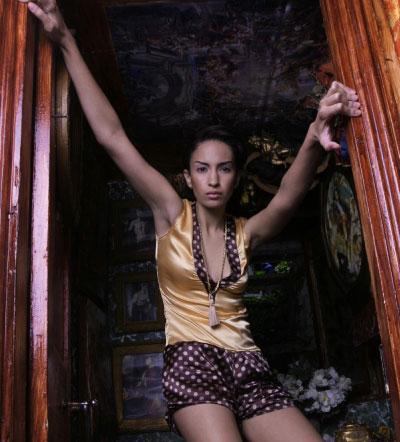
Reading about how MIT grads-turned-jewelry designers Jessica Rosenkrantz and Jesse Louis-Rosenberg create their unusual Nervous System jewelry line is likely to give any tech-averse reader a headache. “Our trajectory focuses on generative design methods using both algorithmic and physical tools to create innovative products and environments,” writes the pair. In plain English, what they do is use software algorithms modeled after patterns occurring in nature (specifically, branching dendrites and the movement of particles) to laser-cut shapes in silicon rubber or stainless steel. The resulting coral and lace-like patterns are then fashioned into cuffs, earrings and necklaces that are delicate, strange and beautiful. As faithful supporters of open-source technology, the pair has made their code freely available via their website, where other designers are welcome to use the code to experiment and create their own designs with it. While Rosenkrantz — who later studied architecture — is obsessed with ideas of form and process, and Rosenberg — a technology consultant — likes to geek out on open-source creativity, we like that their black rubber cuff makes us feel like a hot, fashionable superhero.





 Facebook
Facebook Permalink
Permalink Digg
Digg Reddit
Reddit LinkedIn
LinkedIn StumbleUpon
StumbleUpon Tumblr
Tumblr


